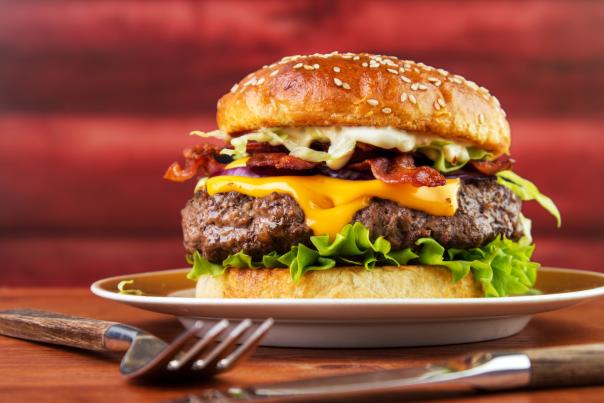
And these changes are primarily due to swapping in slightly lower calorie items, rather than reformulating existing ones, with no changes observed in continuously available items. The impact on population health is likely to be ‘moderate to limited’, conclude the researchers.
Eating at restaurants, fast food outlets, and ordering takeaways, collectively known as out-of-home food outlets, is common and associated with poorer dietary quality, weight gain, and obesity, explain the researchers.
Calorie-labelling aims to try and counter this and improve public health by providing consumers with calorie information at the point of sale, they add.
In England calorie-labelling regulations require large (at least 250 employees) food and non-alcoholic drink outlets to display kilocalories on their offerings.
Researchers used the MenuTracker database to find out what changes had been made to the average energy content of menu items.
A significant average reduction per item was observed for non-alcoholic and soft drinks of 36 kcal, equivalent to a drop of nearly 16.5% in energy content. And the average energy content of burgers fell by 103 kcal (11% reduction), and by 30 kcal for mains (4% reduction).
But, overall, only a small reduction of 9 kcal (2% reduction) in average energy content per item was observed after the regulations had come on stream, and changes were driven primarily by the removal of higher (average 458) kcal items and the addition of lower (average 434) kcal new items.
And there was no significant change in energy content for continuously available items, indicating limited evidence of reformulation, say the researchers.
As to the recommended 600 kcal limit per meal, 22% of items remained over this limit. The food groups with the most items over 600 kcal were burgers, mains, and pizzas, and the chain types with the most items exceeding this limit were restaurants and pubs, bars and inns.
The researchers acknowledge various limitations to their findings, including that MenuTracker only includes menu information from chains that posted kcal information online before and after the policy.
The calorie labelling regulations also allow kcal information to be within plus or minus 20% and permit several different methods for estimating energy content, they add.
“We found more evidence of menu change rather than reformulation, with items removed from menus being higher energy than continuous items. Thus, the impact of a calorie labelling policy on food may differ from other policies like the Soft Drinks Industry Levy, which created an economic incentive for, and was associated with, substantial reformulation,” point out the researchers.
Reformulating drinks may be easier for manufacturers to do than reformulating foods, and previous research indicates that large outlets are reluctant to reduce portion sizes because of how customers might perceive this, they acknowledge.
But they suggest: “The small reduction in average kcal of items available on menus we found is likely to have modest to limited impact on population health.”
And for these “to lead to meaningful population health improvements, consumers would need to shift purchases towards the lower calorie items,” they add.